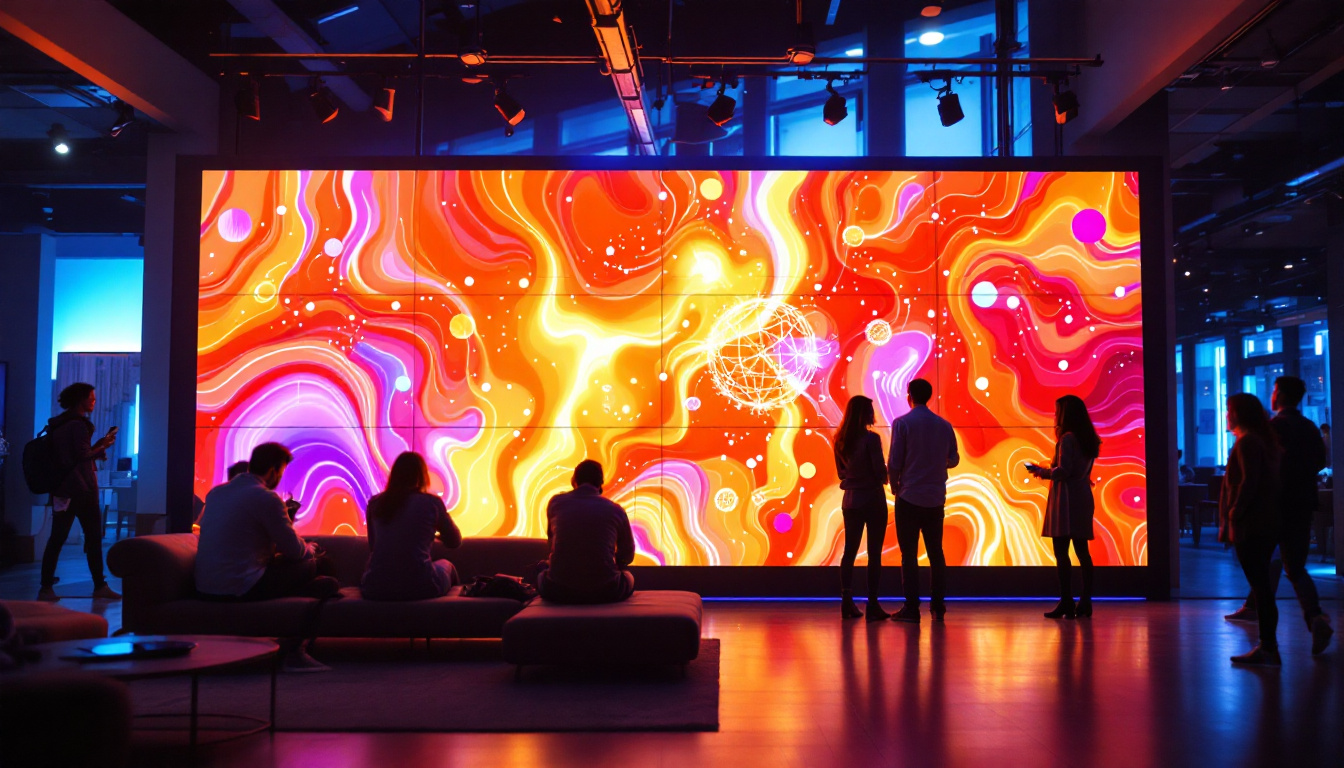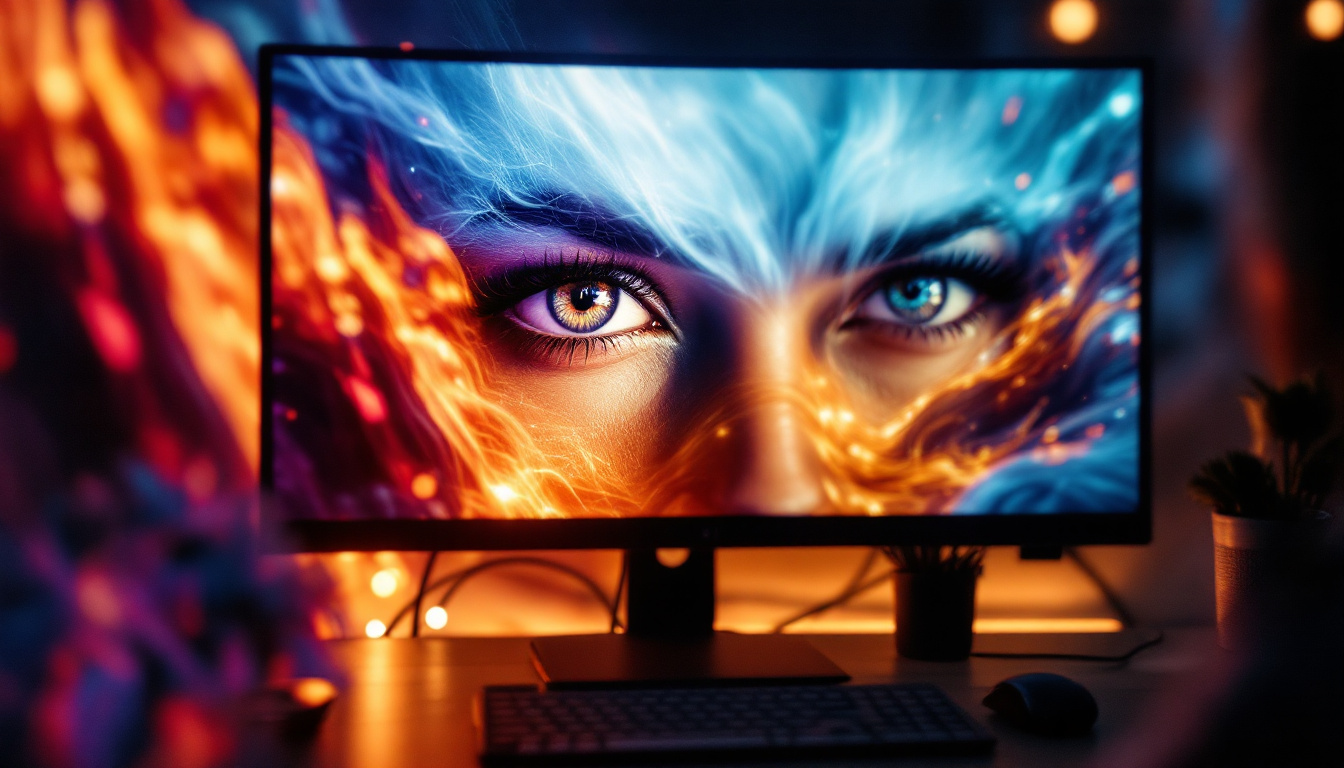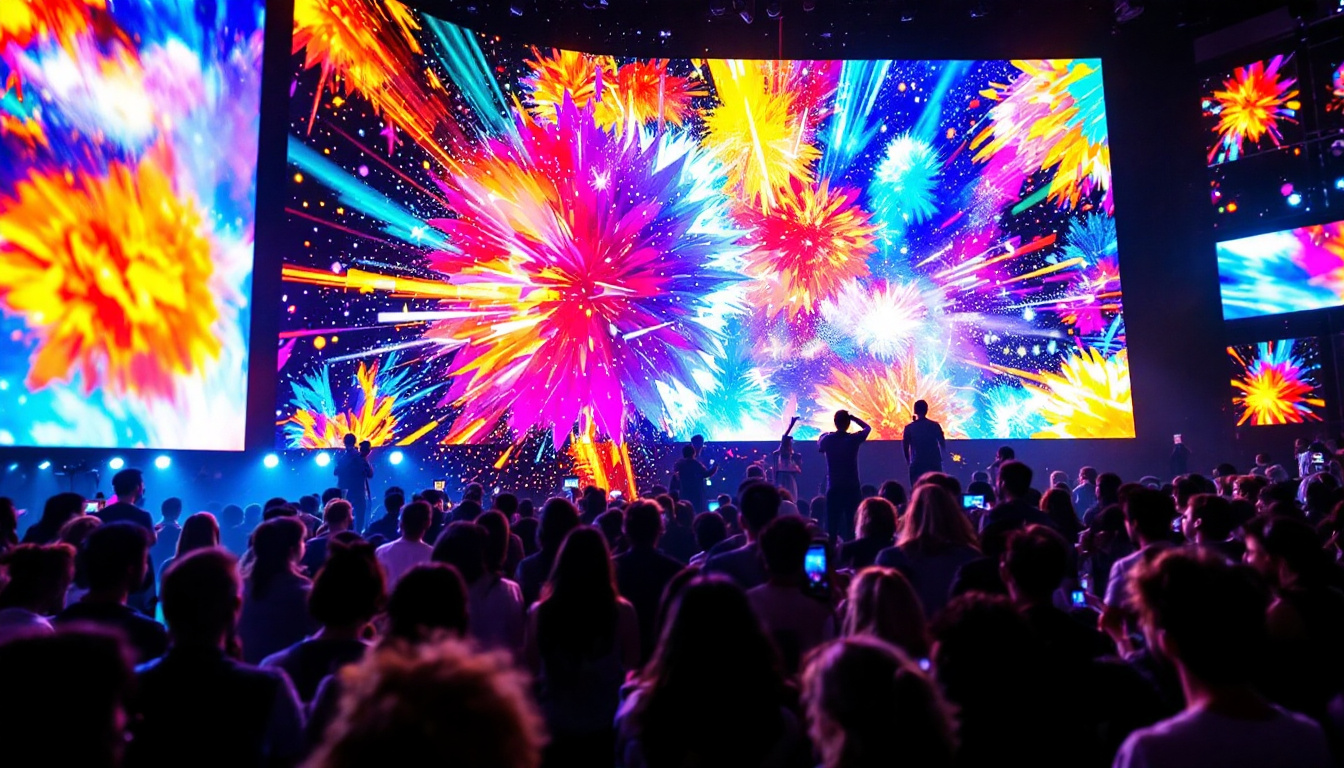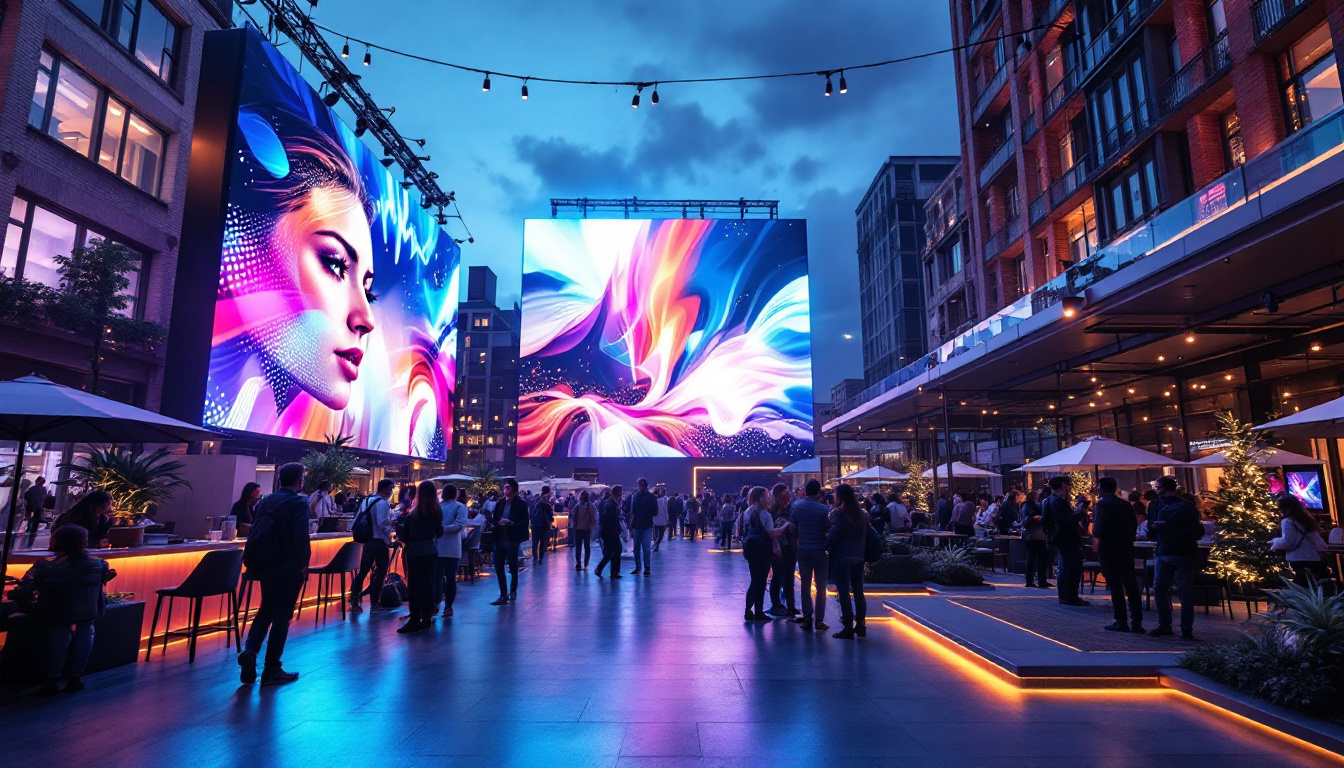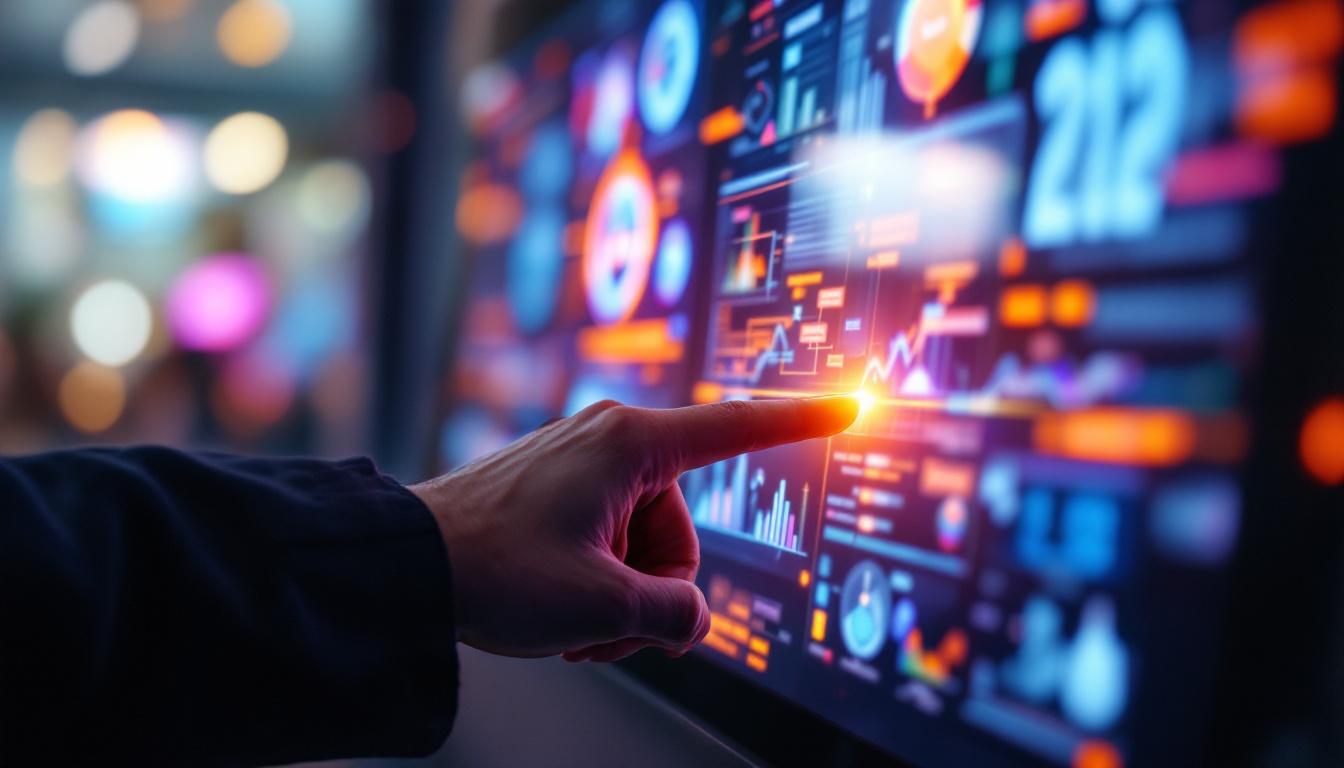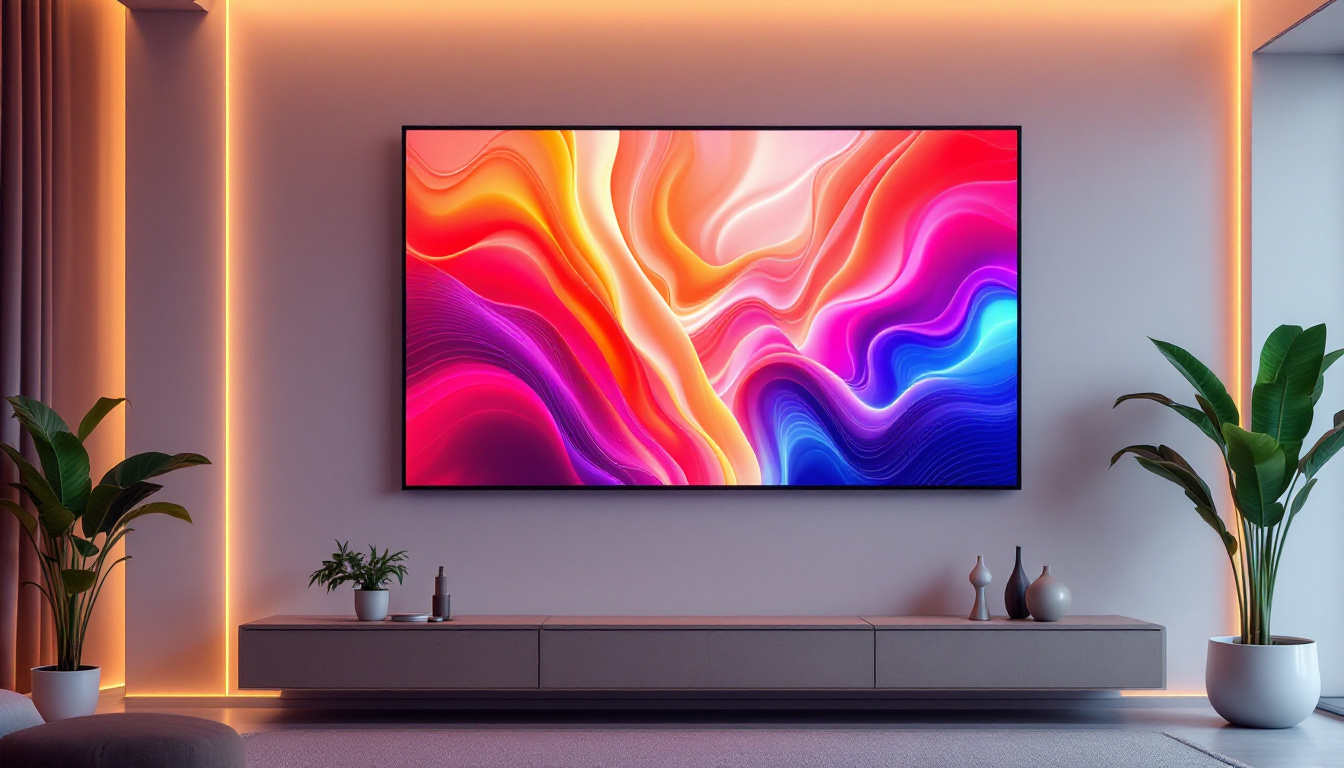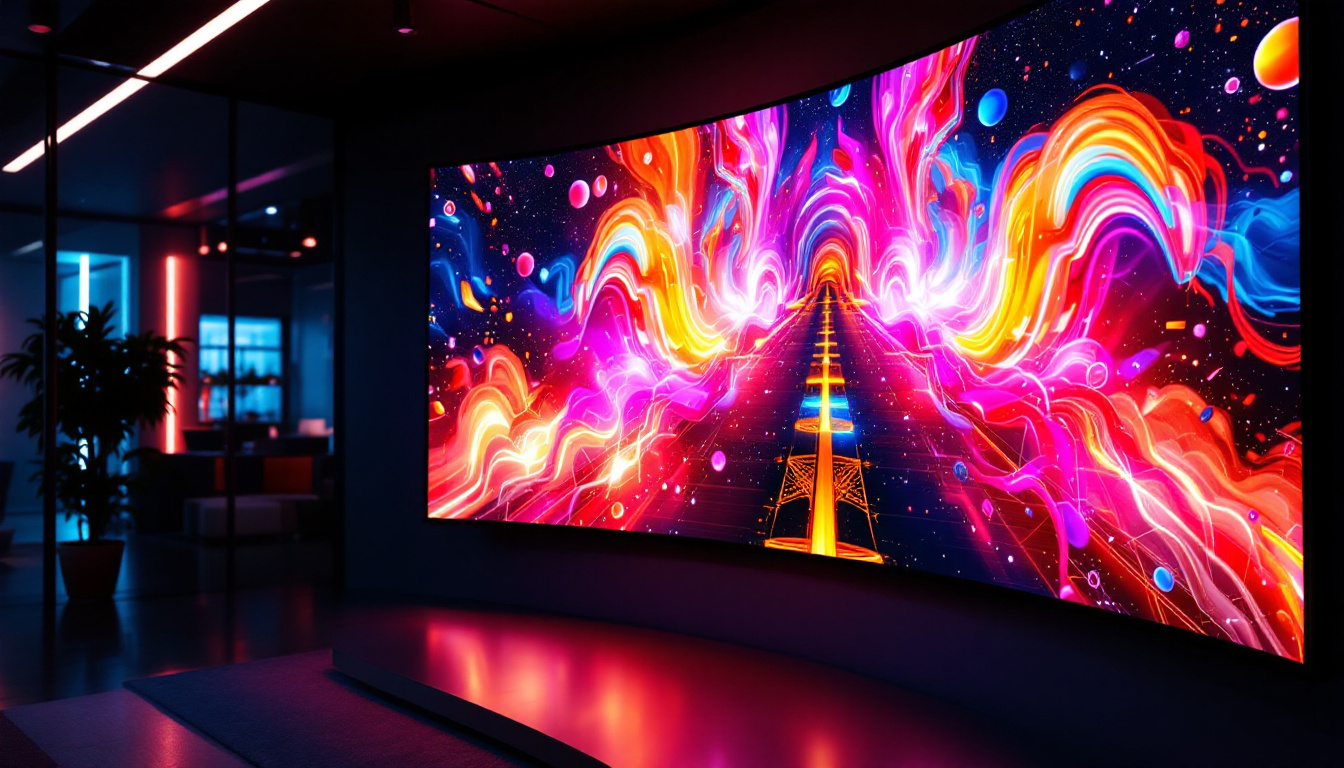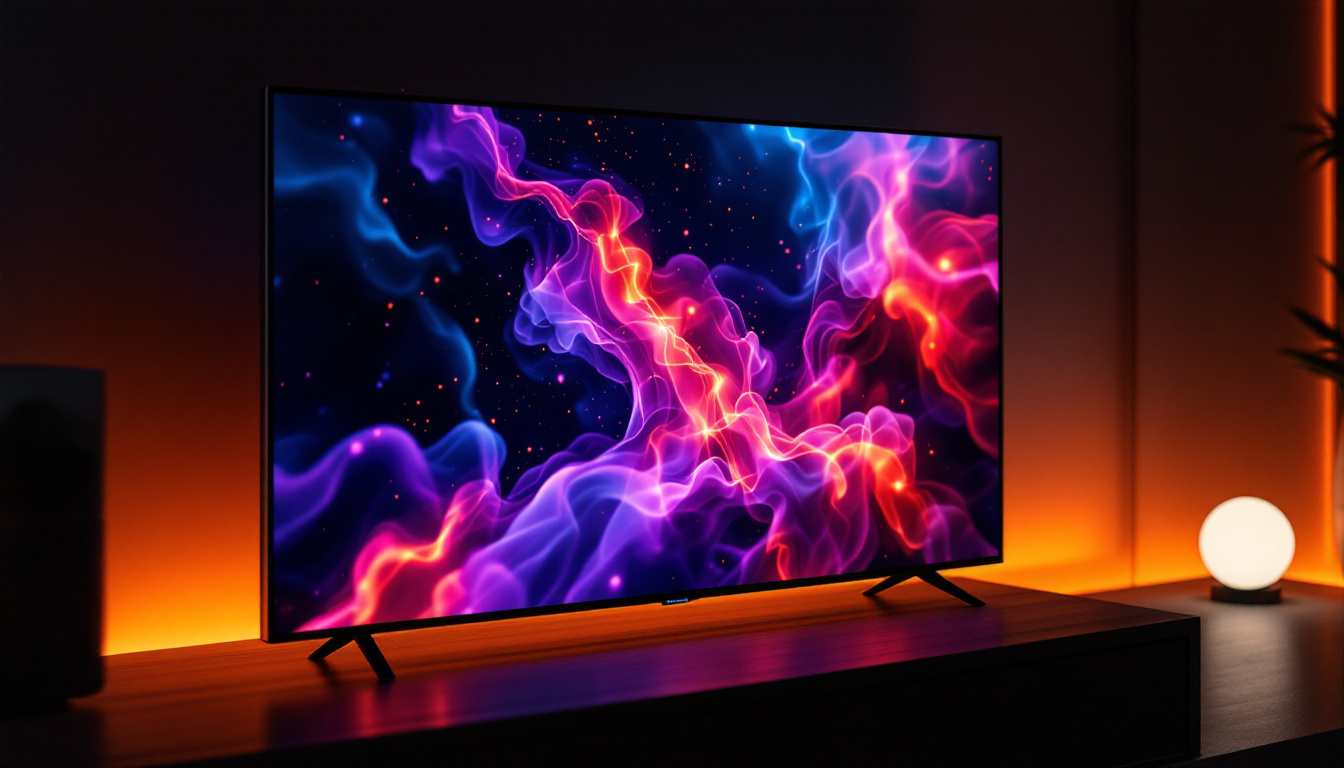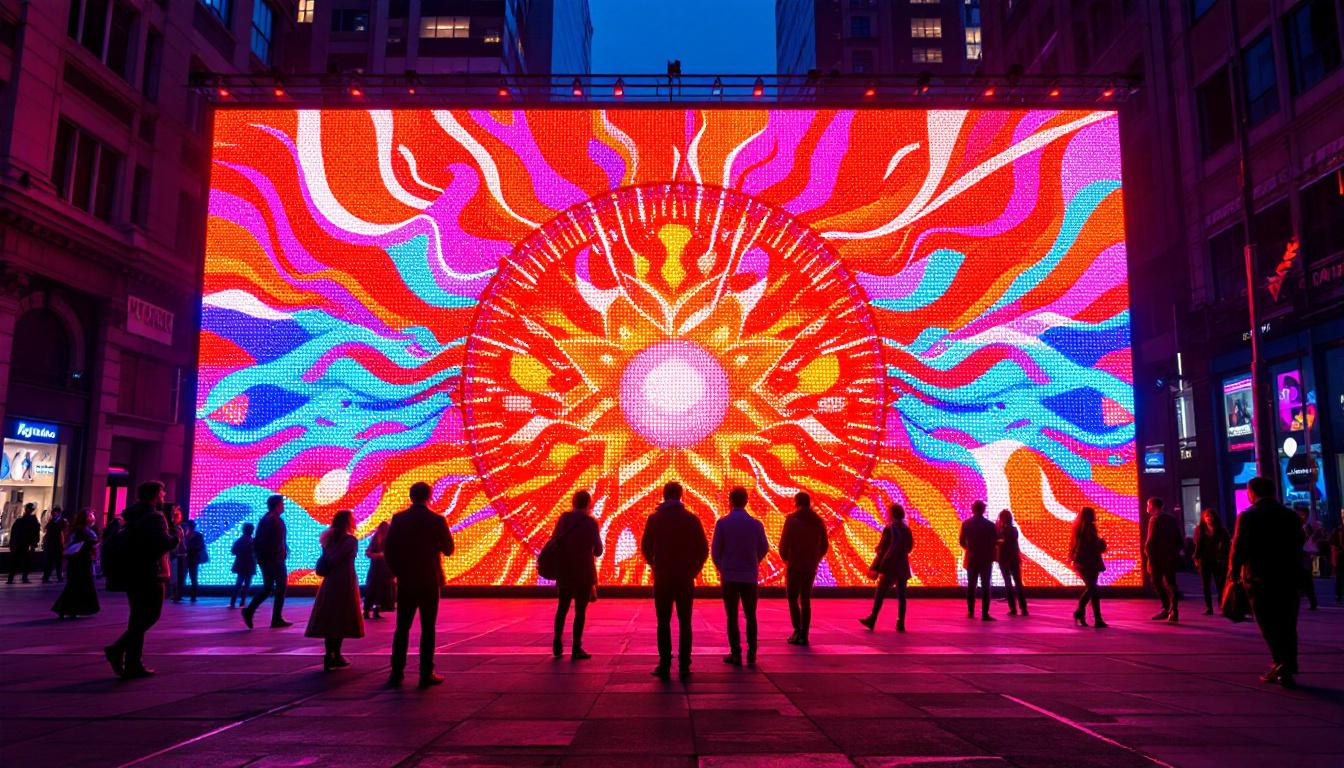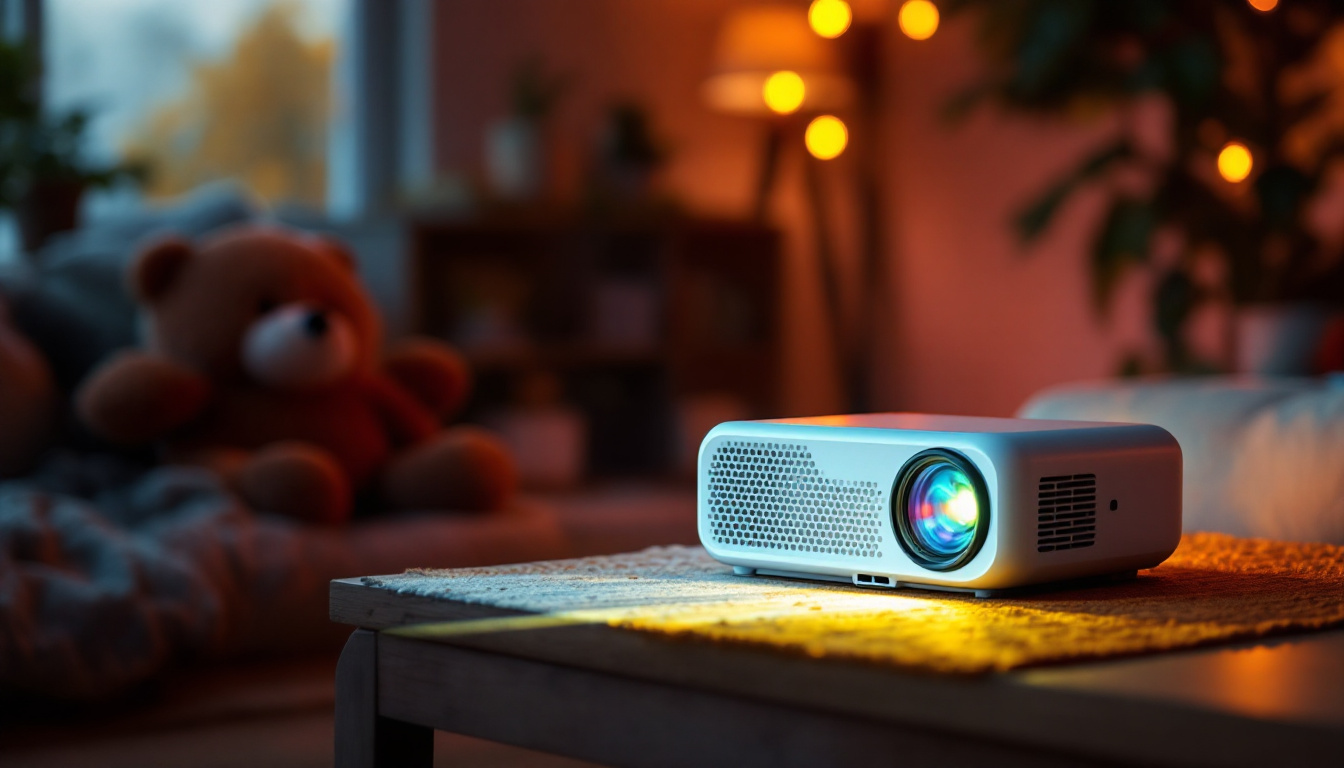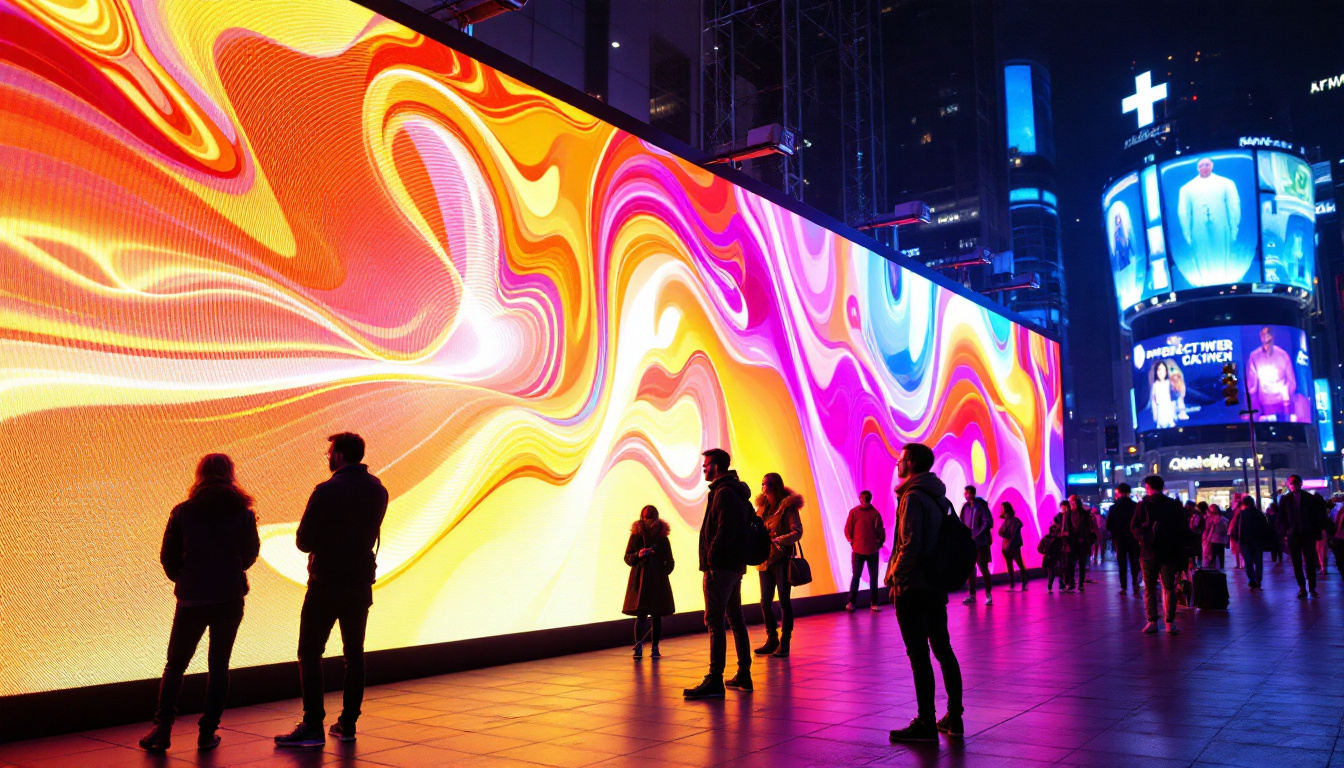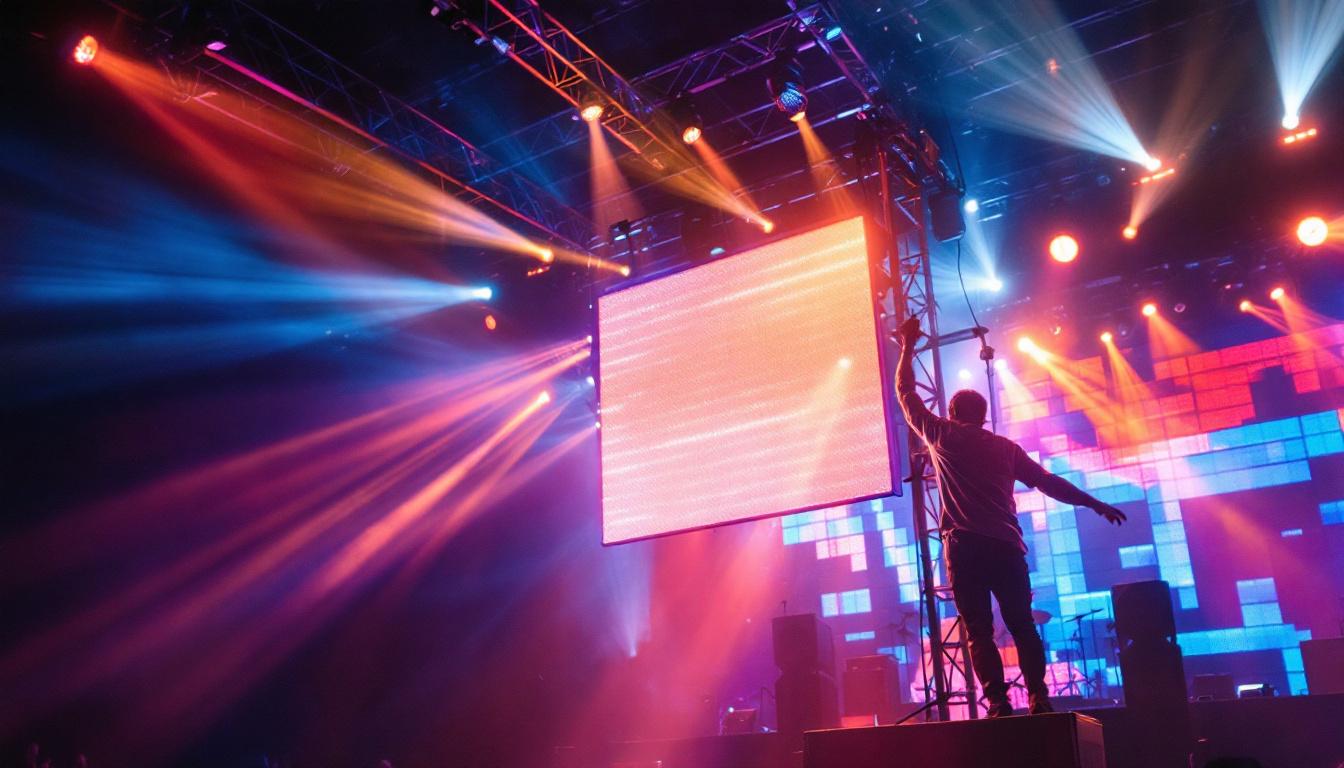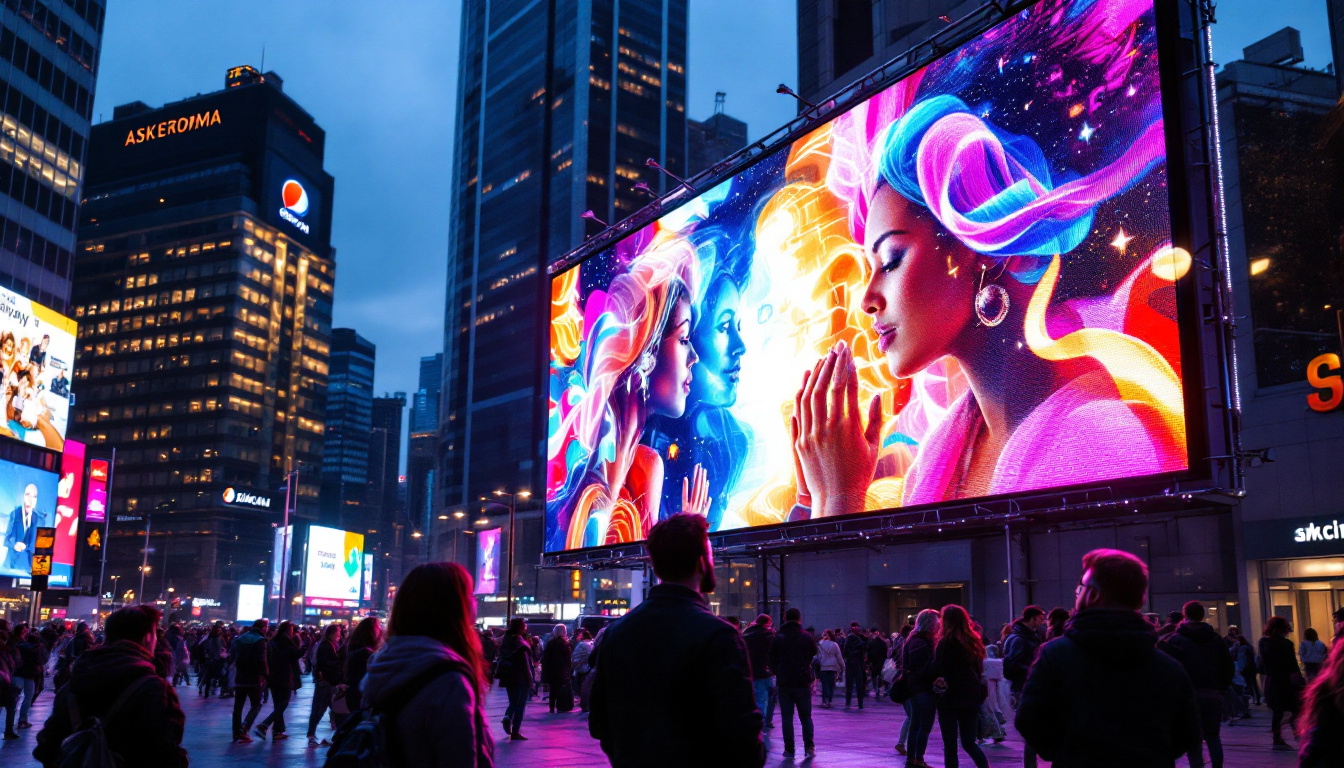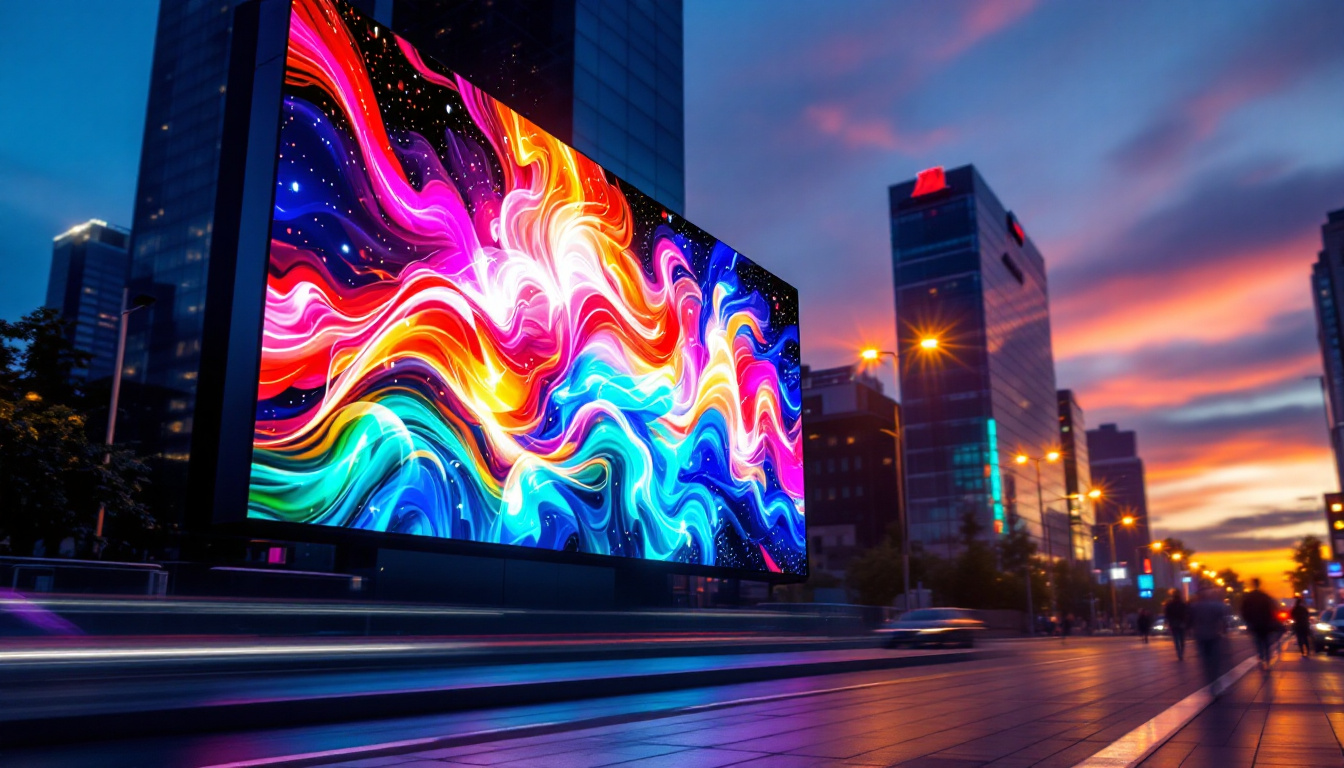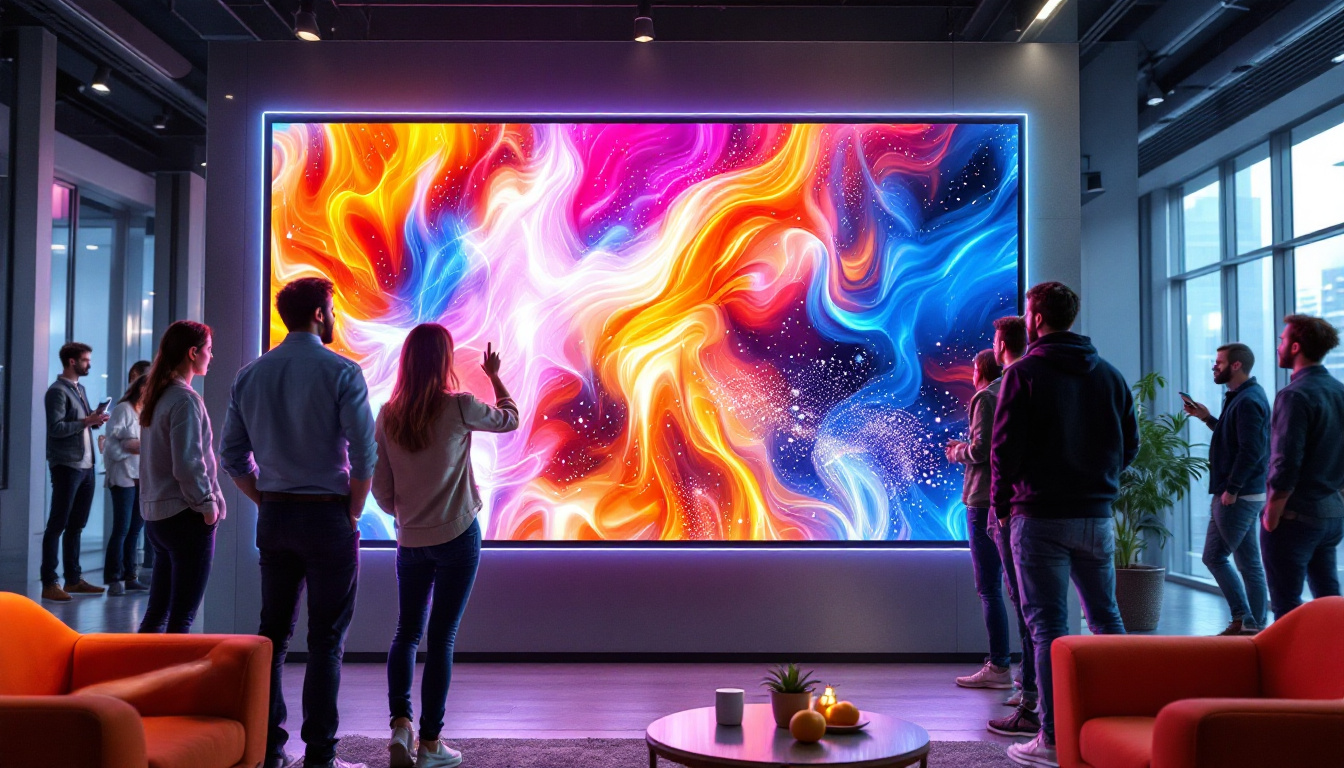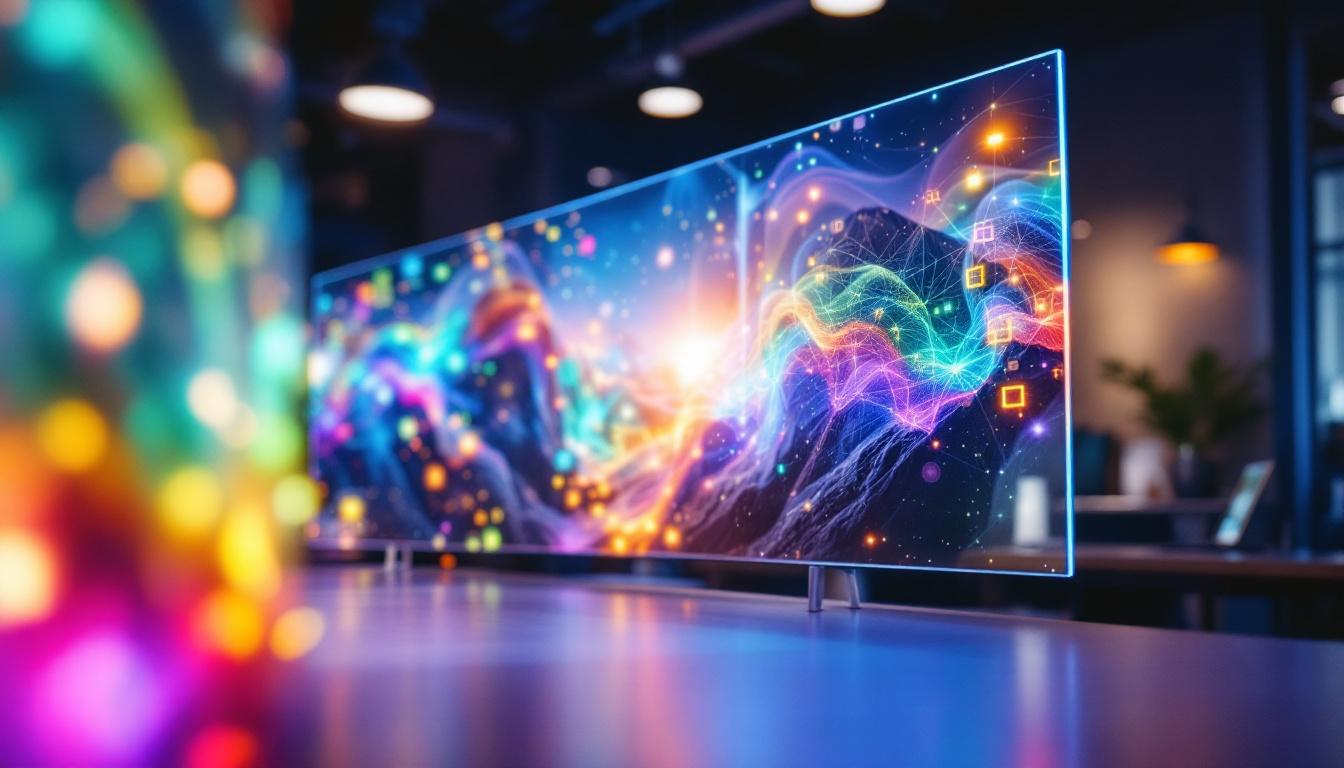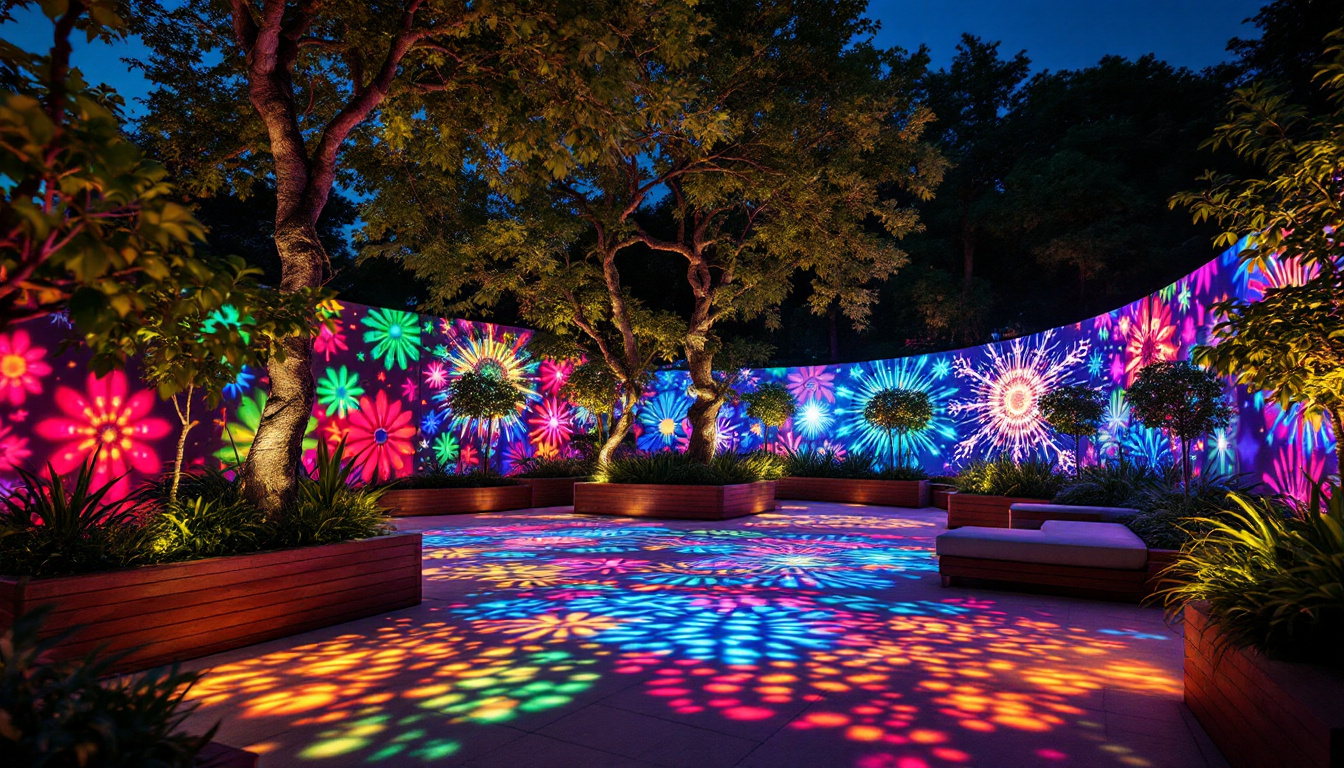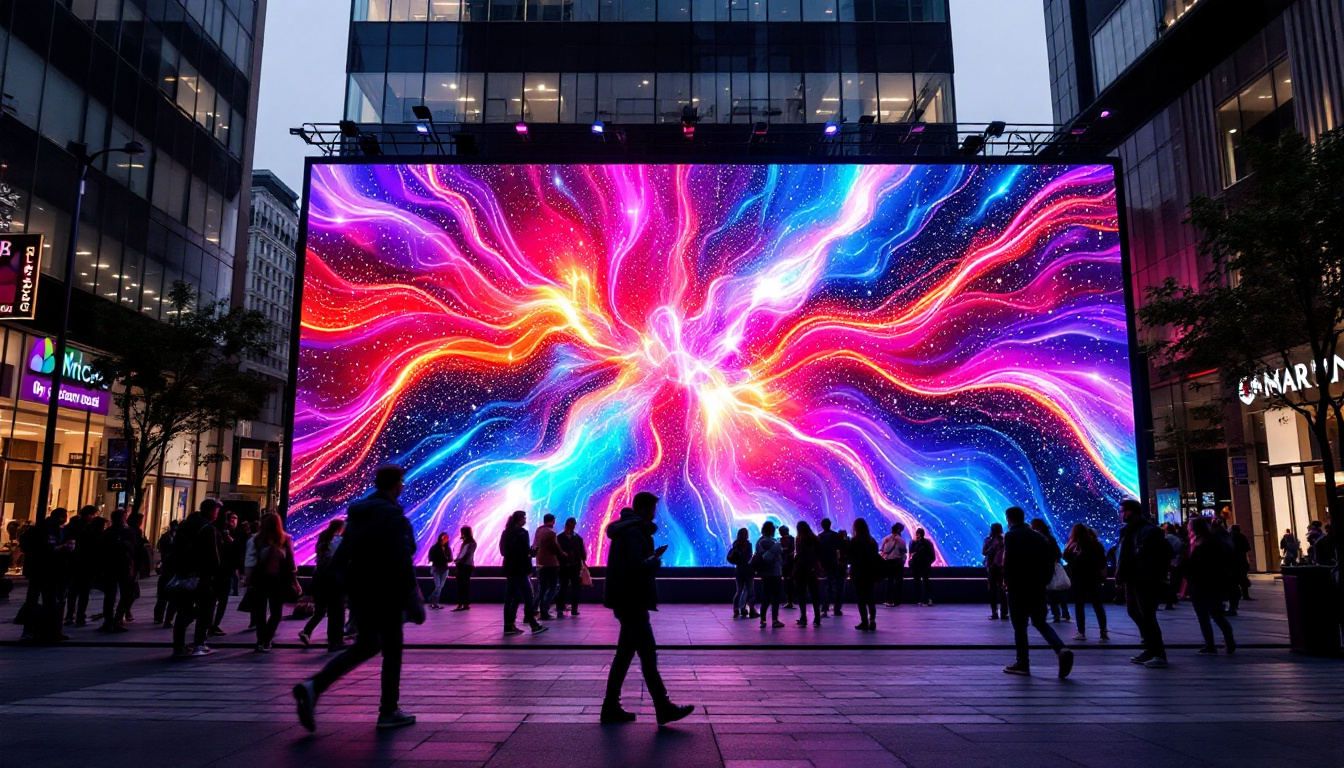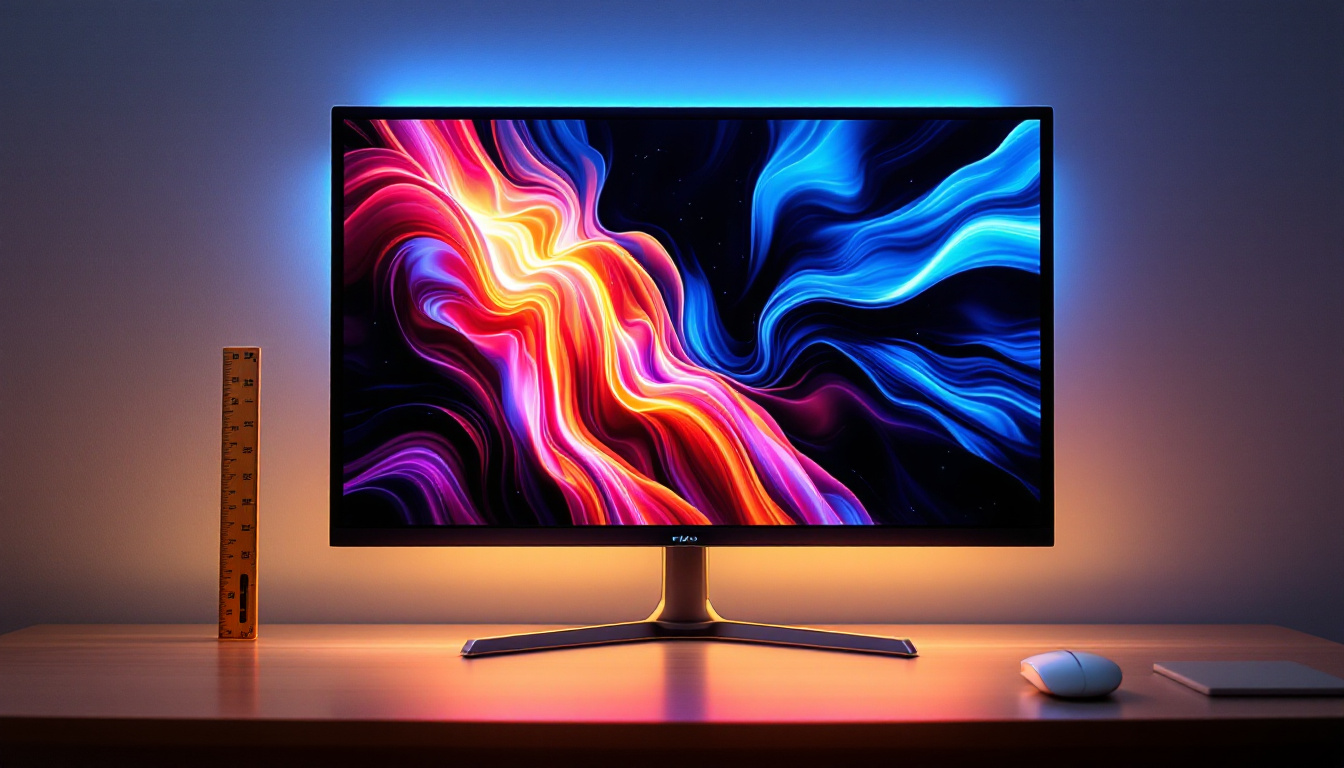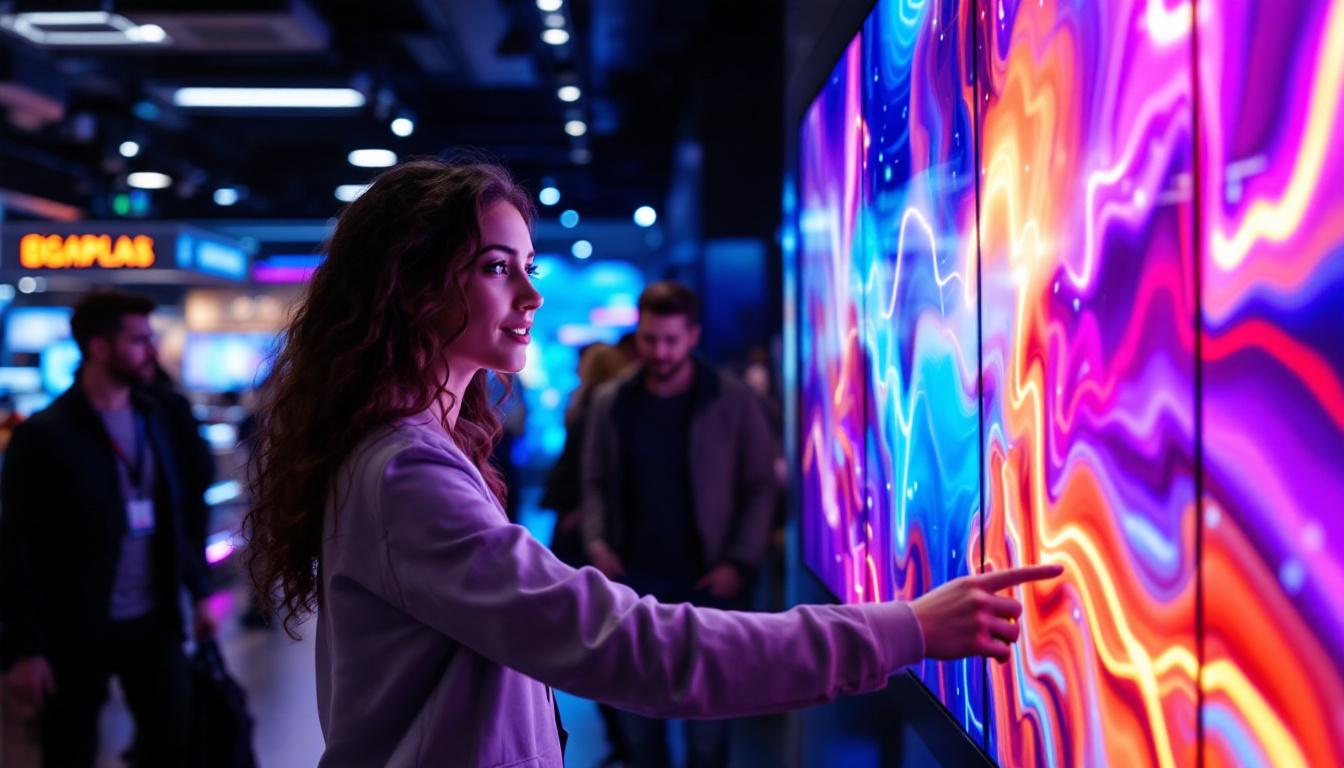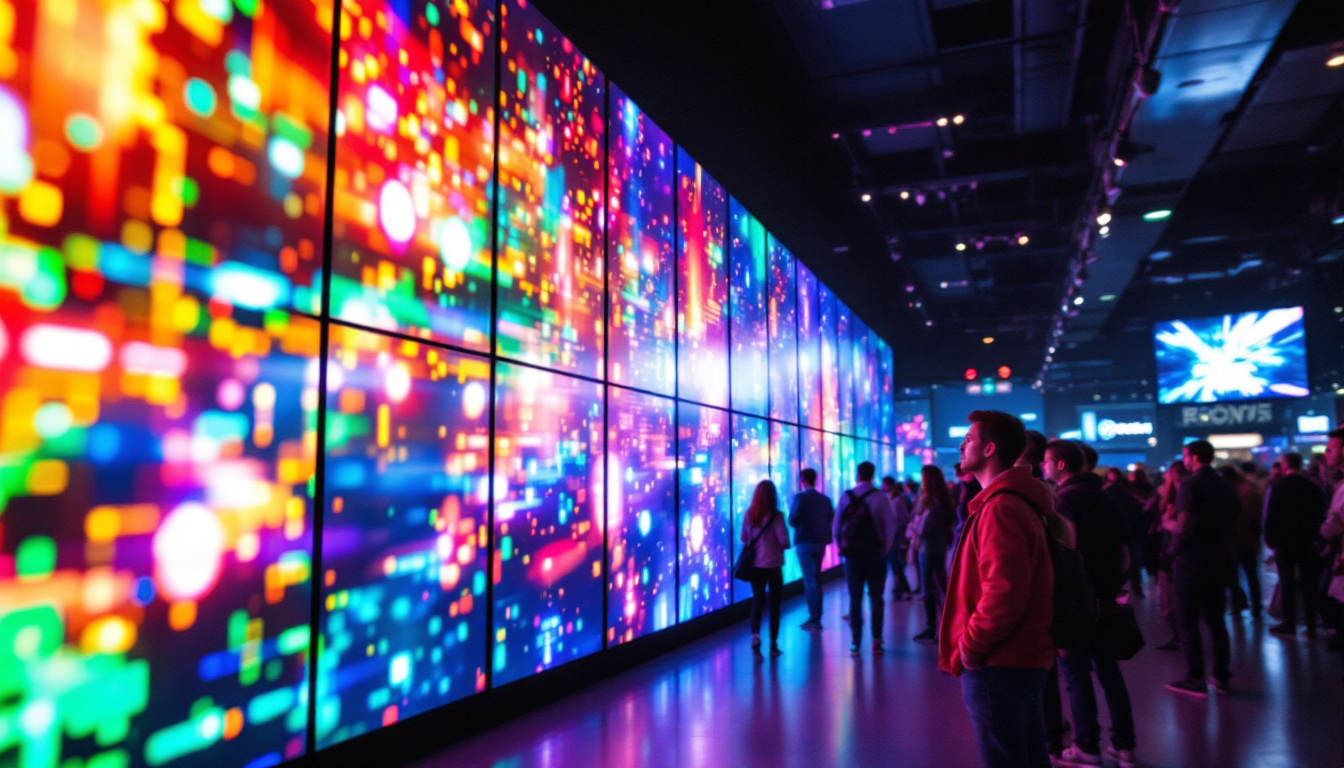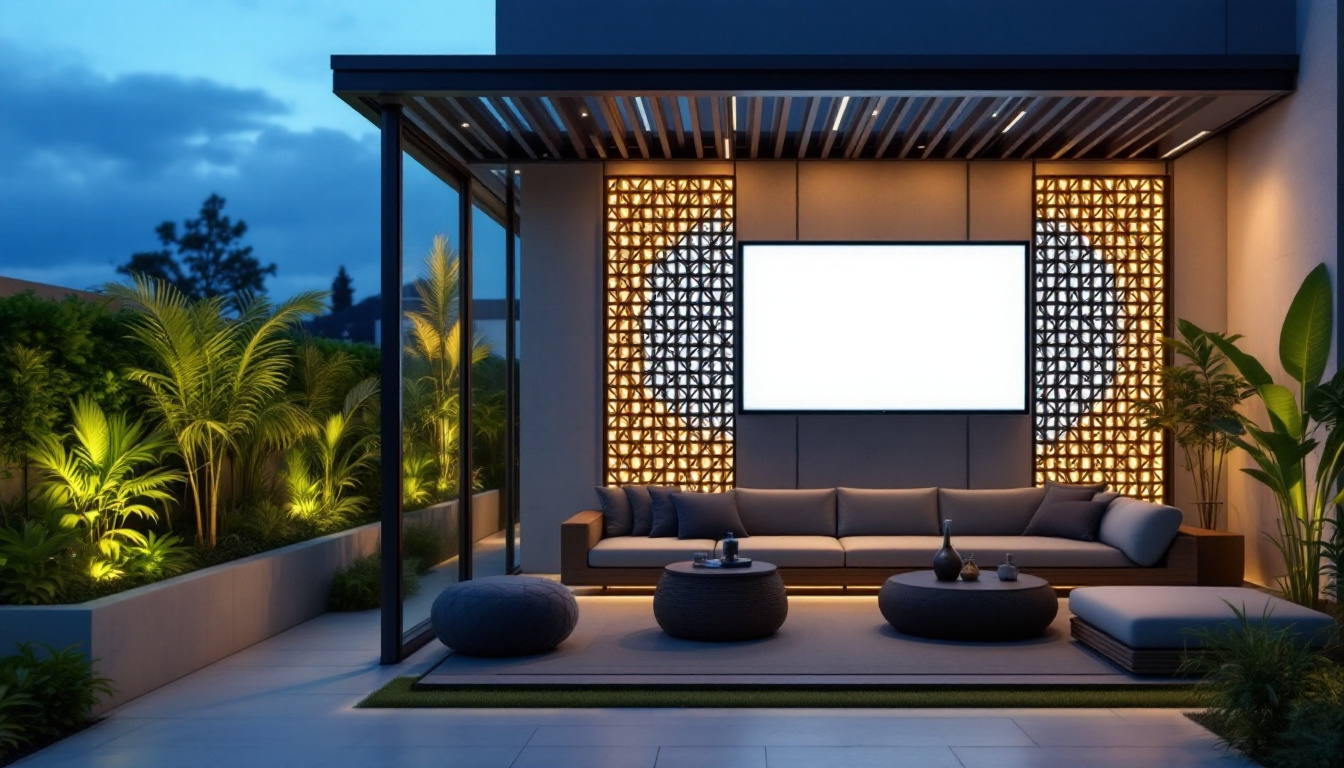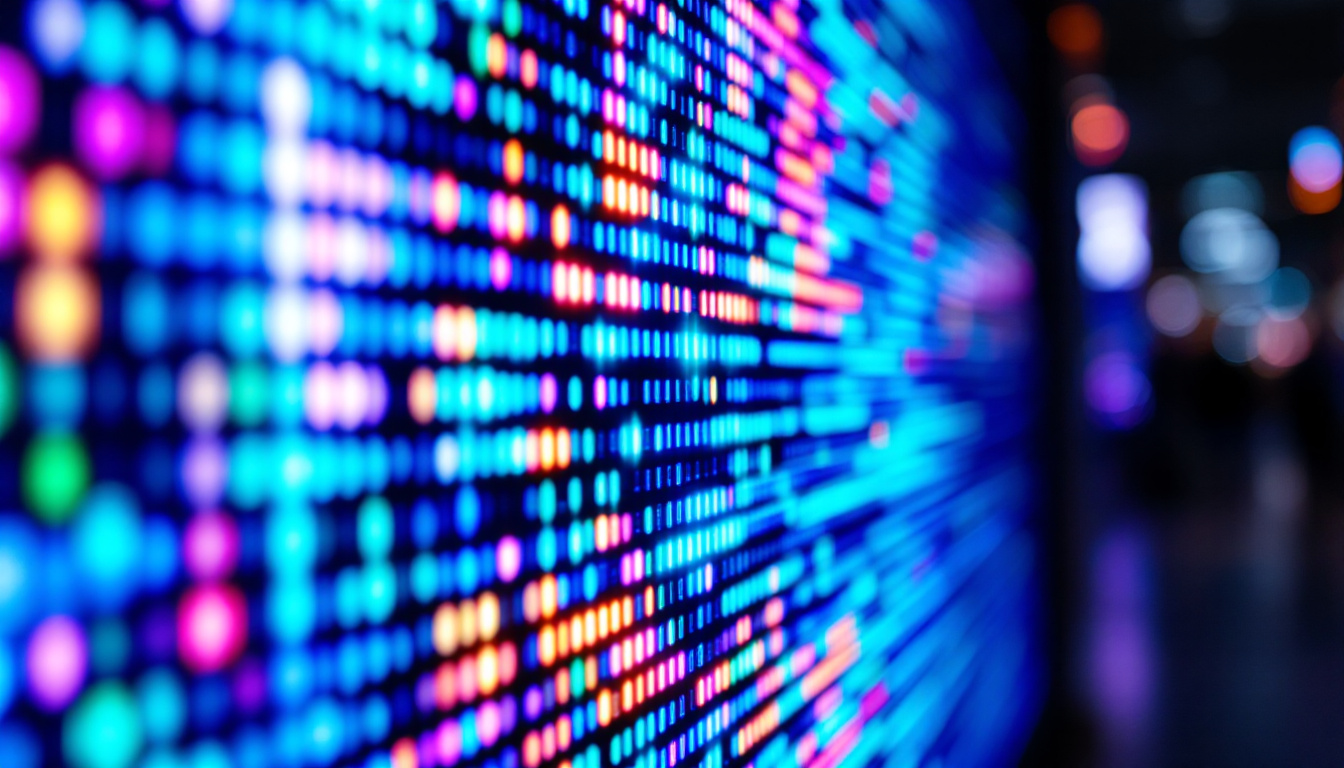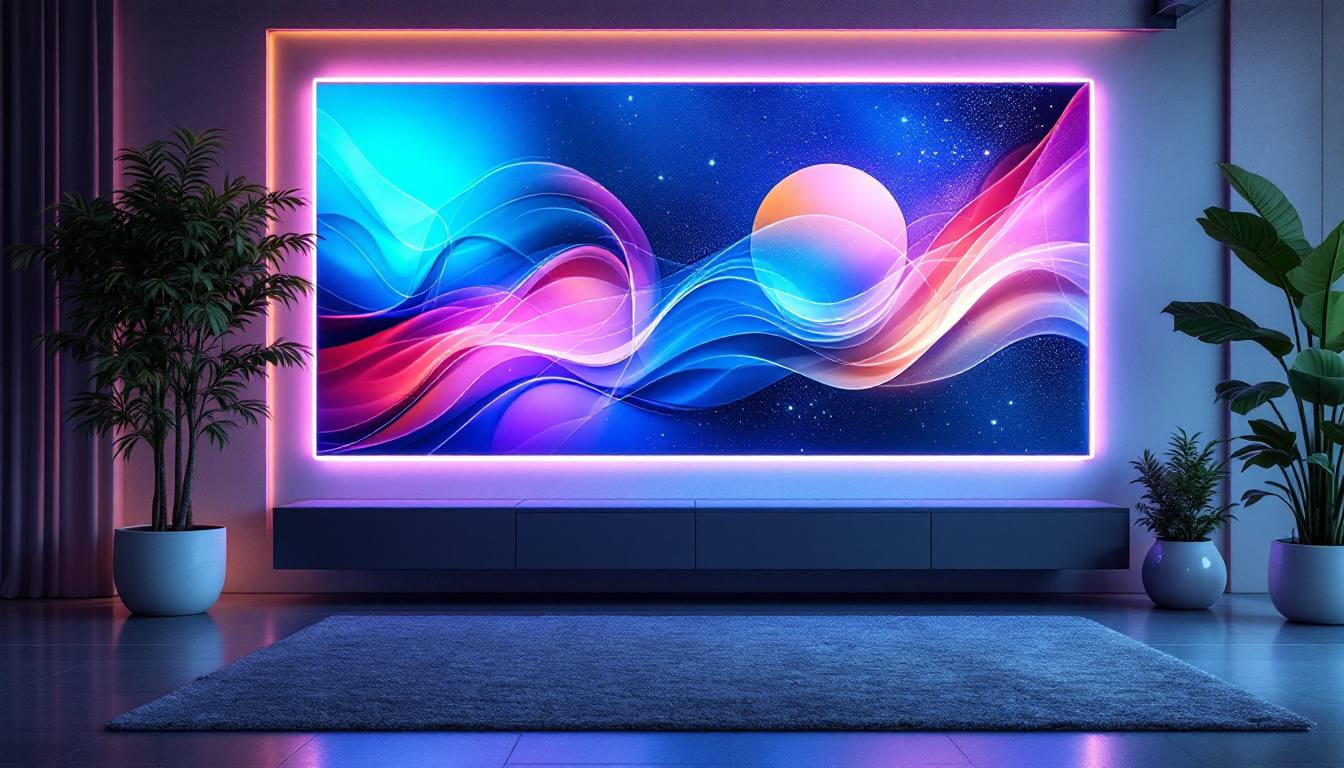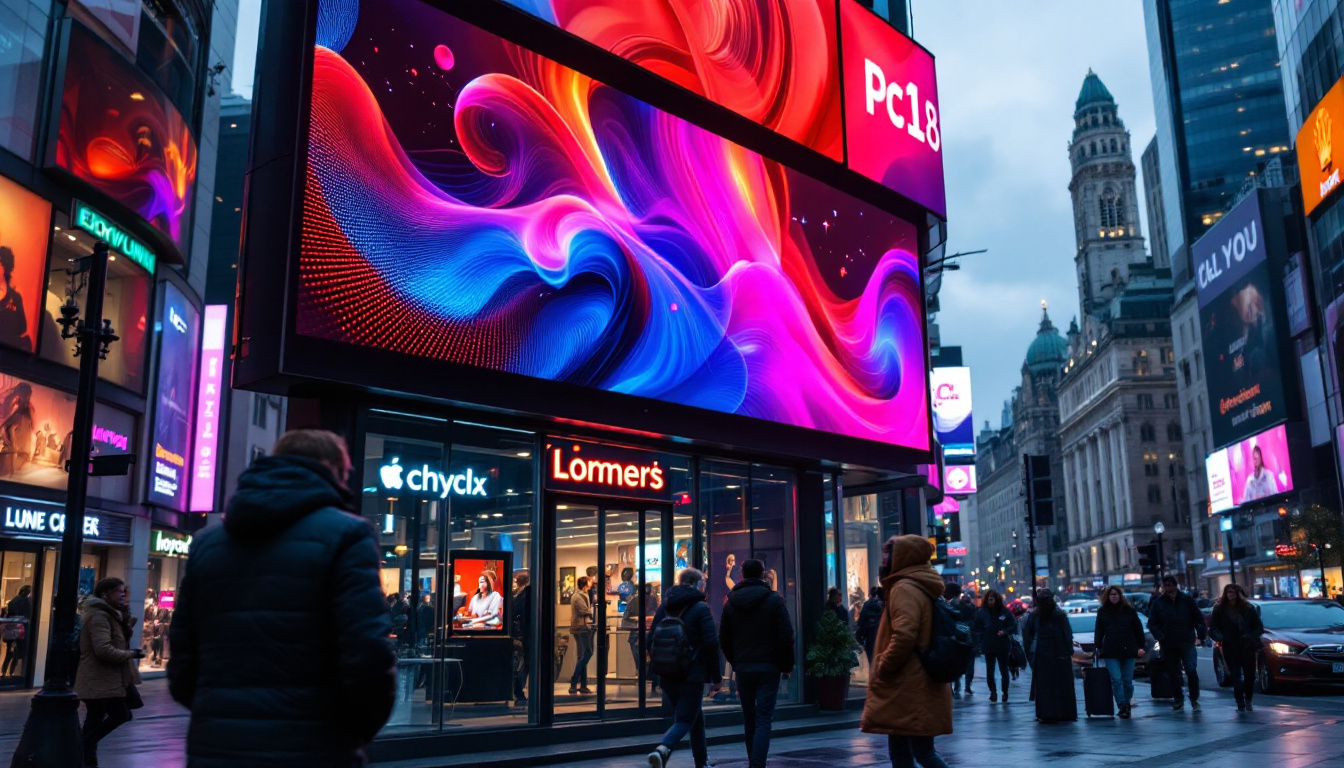In today’s visually driven world, the importance of effective wall display lighting cannot be overstated. Whether in retail environments, art galleries, or corporate offices, the right lighting can transform a space, enhance product visibility, and create an inviting atmosphere. Among the various lighting solutions available, LED displays have emerged as a popular choice due to their versatility, energy efficiency, and vibrant color output. This article delves into the intricacies of wall display lighting, focusing particularly on LED technology and its applications.
Understanding LED Technology
Light Emitting Diodes (LEDs) have revolutionized the way we illuminate spaces. Unlike traditional incandescent bulbs, LEDs produce light through a process called electroluminescence, where electrons move through a semiconductor material, emitting photons. This fundamental difference in technology offers several advantages that are particularly beneficial for wall displays.
Energy Efficiency
One of the most significant benefits of LED technology is its energy efficiency. LEDs consume significantly less power compared to traditional lighting options, which translates to lower electricity bills and a reduced environmental footprint. In fact, LEDs can be up to 80% more efficient than incandescent bulbs, making them an ideal choice for businesses looking to cut costs and promote sustainability. Furthermore, the lower heat output of LEDs means that they can be used in a wider variety of settings without the risk of overheating, allowing for innovative designs that incorporate lighting into spaces where traditional bulbs would be impractical.
Longevity and Durability
LEDs are known for their impressive lifespan. While traditional bulbs may last around 1,000 hours, LEDs can operate for over 25,000 hours, depending on usage and conditions. This longevity reduces the frequency of replacements, minimizing maintenance costs and disruption in display areas. Additionally, LEDs are more durable than fragile incandescent or fluorescent bulbs, making them suitable for high-traffic environments. Their solid-state construction means they are resistant to shock and vibration, making them ideal for outdoor installations and locations prone to movement. This resilience not only enhances their practicality but also contributes to their overall cost-effectiveness over time.
Color Versatility
Another standout feature of LED technology is its ability to produce a wide range of colors. This versatility allows for dynamic displays that can be tailored to fit specific themes or branding requirements. With options for RGB (red, green, blue) color mixing, LEDs can create stunning visual effects that enhance the overall aesthetic of a wall display. Moreover, advancements in technology have led to the development of tunable white LEDs, which can adjust color temperature to mimic natural daylight or create a cozy ambiance. This capability makes LEDs not just a functional lighting solution but also a powerful tool for setting the mood and enhancing the visual narrative of any space.
Environmental Impact
In addition to their energy efficiency and longevity, LEDs have a significantly lower environmental impact compared to traditional lighting solutions. They do not contain hazardous materials such as mercury, which is commonly found in fluorescent bulbs, and they are fully recyclable, contributing to a circular economy. The reduced energy consumption of LEDs also means that less fossil fuel is burned to generate electricity, leading to lower greenhouse gas emissions. As more organizations seek to align with eco-friendly practices, the adoption of LED technology becomes a crucial step towards achieving sustainability goals. By choosing LEDs, businesses not only enhance their operational efficiency but also demonstrate a commitment to environmental stewardship, appealing to eco-conscious consumers.
Applications of LED Wall Displays
LED wall displays have found their way into various sectors, each leveraging the technology’s unique advantages to create engaging visual experiences. From retail to corporate settings, the applications are vast and varied.
Retail Environments
In retail, the strategic use of LED wall displays can significantly enhance product visibility and attract customers. Bright, vibrant displays can showcase promotions, new arrivals, or seasonal sales, drawing attention to specific items. Furthermore, the flexibility of LED technology allows retailers to change their displays frequently, keeping the shopping experience fresh and exciting. Beyond just promotions, LED walls can also be utilized to tell a brand’s story, displaying videos or animations that resonate with customers on an emotional level. This storytelling aspect can create a deeper connection with the audience, encouraging them to engage with the brand beyond just a transactional relationship.
Art Galleries and Museums
art galleries and museums are increasingly adopting LED wall displays to enhance the presentation of artworks and exhibits. The ability to adjust brightness and color temperature ensures that the lighting complements the artwork without overshadowing it. Additionally, LED displays can be programmed to create immersive experiences, such as dynamic lighting that changes with the time of day or special events. Some institutions are even using LED walls to create interactive exhibits where visitors can learn more about the pieces on display through augmented reality features. This not only enriches the viewer’s experience but also encourages a more engaging and educational visit, bridging the gap between technology and traditional art appreciation.
Corporate Settings
In corporate environments, LED wall displays are often used for presentations, advertising, or as part of a digital signage strategy. They can convey important information in a visually appealing manner, making meetings more engaging and effective. Furthermore, LED displays can be integrated with interactive technologies, allowing for real-time updates and audience engagement. Companies are also utilizing these displays for internal communications, displaying key performance indicators (KPIs) or company news in communal areas. This not only keeps employees informed but also fosters a sense of community and transparency within the organization. Moreover, the ability to customize content ensures that the messaging aligns with the company’s goals and culture, making the displays a powerful tool for enhancing workplace morale and productivity.
Design Considerations for LED Wall Displays
When planning an LED wall display, several design considerations must be taken into account to ensure optimal performance and visual impact. These factors can significantly influence the effectiveness of the display in achieving its intended purpose.
Placement and Positioning
The placement of an LED wall display is crucial for maximizing visibility and impact. Displays should be positioned at eye level and in areas with high foot traffic to capture attention effectively. Additionally, consideration should be given to the surrounding environment, including other light sources that may affect visibility. Proper positioning can significantly enhance the overall effectiveness of the display.
Brightness and Color Temperature
Brightness is another critical factor when designing an LED wall display. The brightness level should be appropriate for the environment in which the display is located. For instance, displays in brightly lit areas may require higher brightness to stand out, while those in darker settings may need less. Similarly, color temperature can influence the mood and perception of the display. Warmer tones may create a cozy atmosphere, while cooler tones can evoke a modern, sleek feel.
Content and Messaging
The content displayed on an LED wall is perhaps the most vital aspect of its design. Clear, concise messaging is essential for effective communication. High-quality images and videos should be used to ensure visual appeal, while text should be legible from a distance. Additionally, the use of animations and transitions can enhance engagement, but they should be used judiciously to avoid overwhelming the viewer.
Maintenance and Care of LED Displays
While LED displays are known for their durability and longevity, regular maintenance is essential to ensure optimal performance and lifespan. Proper care can prevent issues and extend the life of the display, making it a worthwhile investment.
Regular Cleaning
Dust and dirt can accumulate on the surface of LED displays, affecting brightness and clarity. Regular cleaning with appropriate materials is necessary to maintain the display’s visual quality. It is advisable to use a microfiber cloth and a gentle cleaning solution to avoid damaging the screen.
Software Updates
Many LED displays come with software that may require periodic updates. Keeping the software up to date ensures that the display operates efficiently and takes advantage of any new features or improvements. Regular updates can also help prevent security vulnerabilities, especially in corporate settings where sensitive information may be displayed.
Monitoring Performance
Monitoring the performance of LED displays is crucial for identifying potential issues before they become significant problems. Regular checks for pixel malfunctions, color consistency, and brightness levels can help maintain the display’s effectiveness. Implementing a monitoring system can streamline this process, allowing for timely interventions when necessary.
Future Trends in LED Wall Display Technology
The world of LED technology is continuously evolving, with innovations that promise to enhance the capabilities and applications of wall displays. Staying informed about these trends can help businesses and organizations make strategic decisions regarding their display solutions.
Advancements in Resolution
As technology progresses, the resolution of LED displays is becoming increasingly impressive. Higher pixel densities allow for sharper images and more detailed visuals, making them suitable for a wider range of applications, including high-end retail and immersive art installations. This trend towards higher resolution is expected to continue, providing even more opportunities for creative expression.
Integration with Smart Technology
The integration of LED displays with smart technology is another trend gaining traction. Displays that can connect to the Internet of Things (IoT) allow for real-time data updates, interactive content, and personalized messaging. This capability enhances the user experience and opens new avenues for engagement, particularly in retail and corporate environments.
Environmental Sustainability
As sustainability becomes a priority for many organizations, the demand for environmentally friendly lighting solutions is on the rise. Future LED technologies are likely to focus on reducing energy consumption further and utilizing recyclable materials in their construction. This shift will not only benefit the environment but also align with the values of consumers who prioritize sustainability.
Conclusion
LED wall displays represent a powerful tool for enhancing visual communication across various sectors. Their energy efficiency, longevity, and versatility make them an attractive option for businesses and organizations looking to create engaging environments. By understanding the technology, applications, design considerations, and maintenance requirements, stakeholders can maximize the benefits of LED displays. As technology continues to evolve, staying abreast of emerging trends will ensure that these displays remain at the forefront of visual communication, providing impactful experiences for audiences everywhere.
Illuminate Your Space with LumenMatrix
Ready to elevate your visual communication with cutting-edge LED technology? LumenMatrix is at the forefront of innovation, offering a wide array of LED display solutions tailored to your needs. From captivating Indoor LED Walls to dynamic Outdoor LED Displays, and from versatile Vehicle LED Displays to sleek LED Poster Displays, our products are designed to make your brand shine. Discover how our LED Sports Displays, interactive Floor LED Displays, and Custom LED solutions can transform your space and engage your audience. Experience the future of visual storytelling with our All-in-One and Transparent LED Displays. Don’t miss the opportunity to revolutionize your display strategy—Check out LumenMatrix LED Display Solutions today and bring your vision to light.

